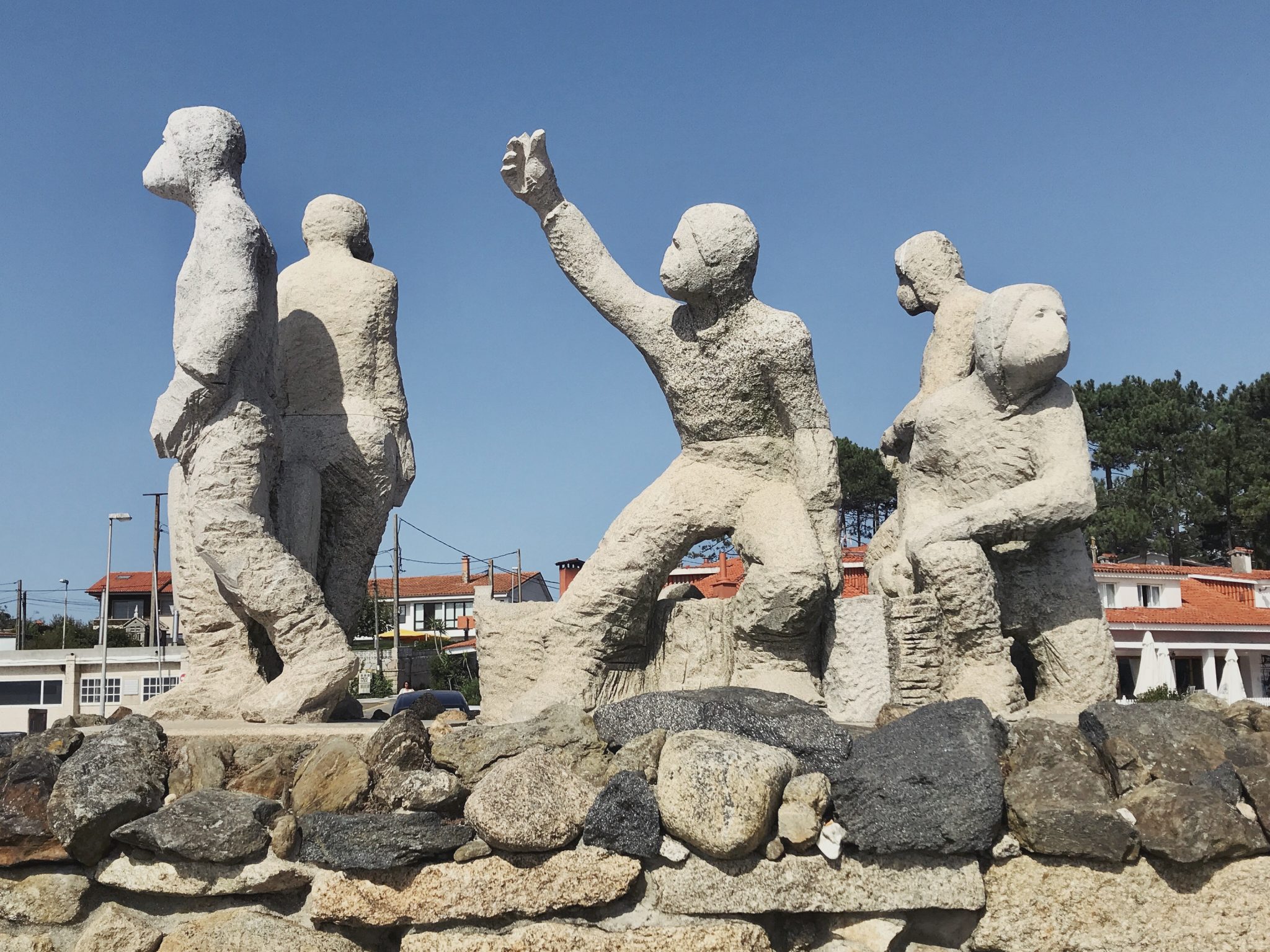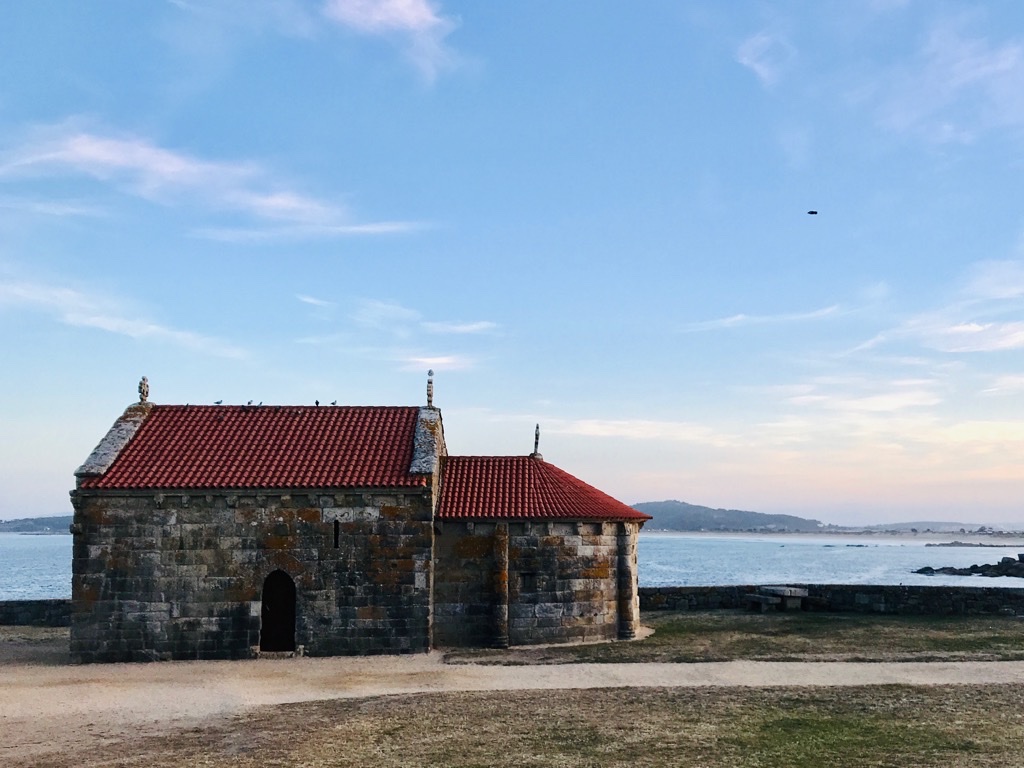
We’re getting ready to go on a mini road trip for a couple days. Knowing that Galicia didn’t organize any general strike yesterday (20 September) in solidarity with students, our plan was to leave yesterday to make it back in time for next Friday, where climate-conscious pontevedreses will gather in Praza de Ferrería. But with news of a storm coming, we decided to wait it out and leave after the weekend.
Usually our road trips have entailed long distances; California to Oklahoma and back, a loop around Andalusia, Madrid to Germany through the French and Belgian countryside. Now, our priorities are changing and we want to stay closer to home and go slower. Plus, we have a few things to do:
- There are a couple fincas for rent we want to check out near A Estrada, Silleda, Lalín, and Chantada. These towns are more or less in the center of Galicia, with most of the provincial capitals an hour or so away by car.
- Patricia and I have a friend near Sarria that we would like to visit again. He lives in a small village in Lugo, right on the camino francés arm of the Camino de Santiago.
- And we will finally visit Sende on the return to O Grove. I found Sende online a couple years ago. It is one of the first rural coworking and coliving sites in the world in a small Galician village of 20 people. When I think about rural revitalization possibilities, Sende is like a guiding star.
So yesterday, instead of packing and leaving, we visited a neighbor’s finca. He is getting old and isn’t able to walk the fifteen minutes down the road to collect the the myriad fruits like figs, pears, apples, lemons, chestnuts, and some cabbage.
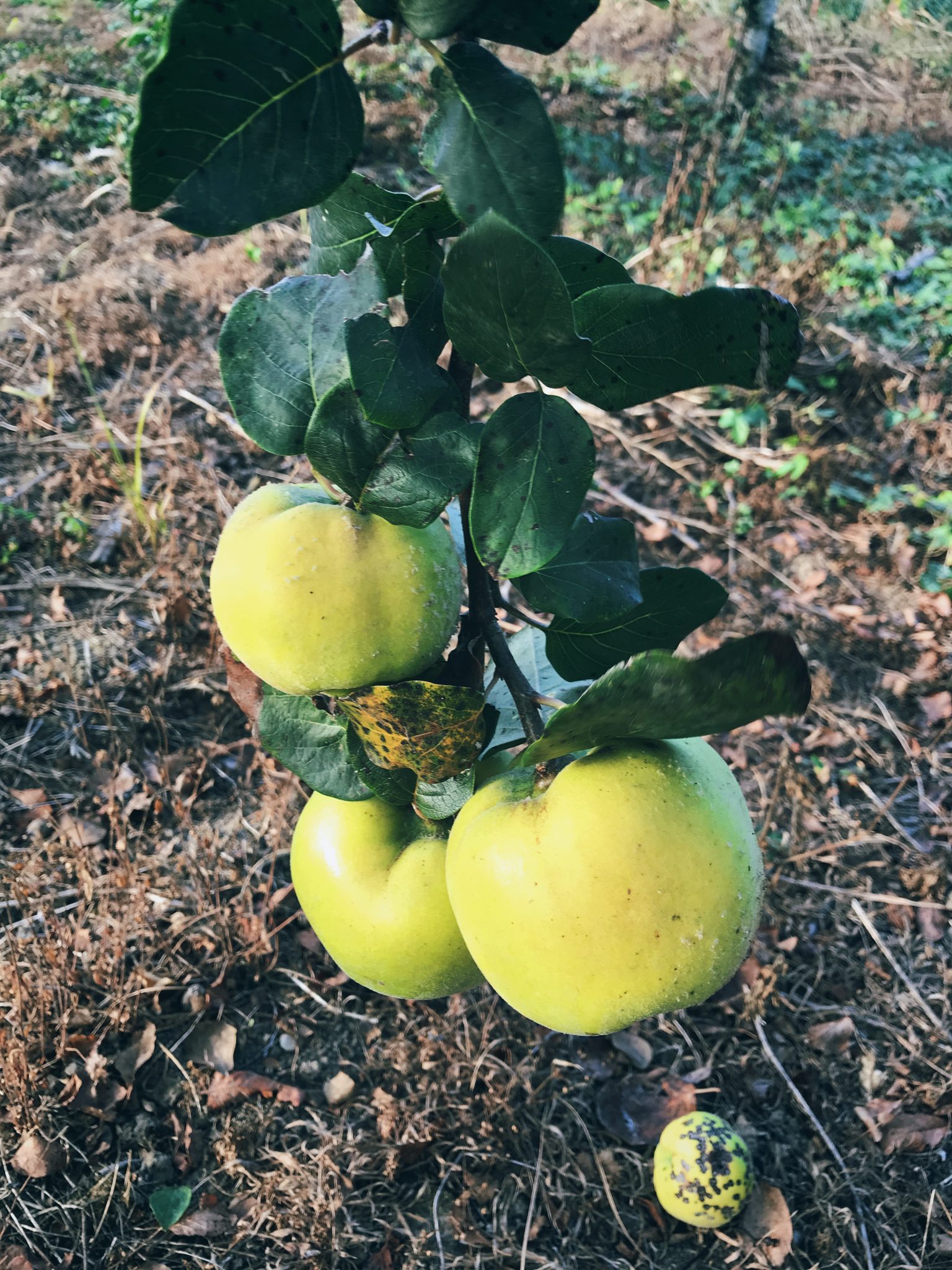
Even without so much human care, this finca is productive. Since arriving to Galicia, Patricia and I have spent very little in supermarkets. The sense of charging amongst people here is incredible, a totally different feeling then in Cologne or Villanueva. Often some neighbor or family friend gives us enormous, bright red tomatoes or a bundle of eggplants.
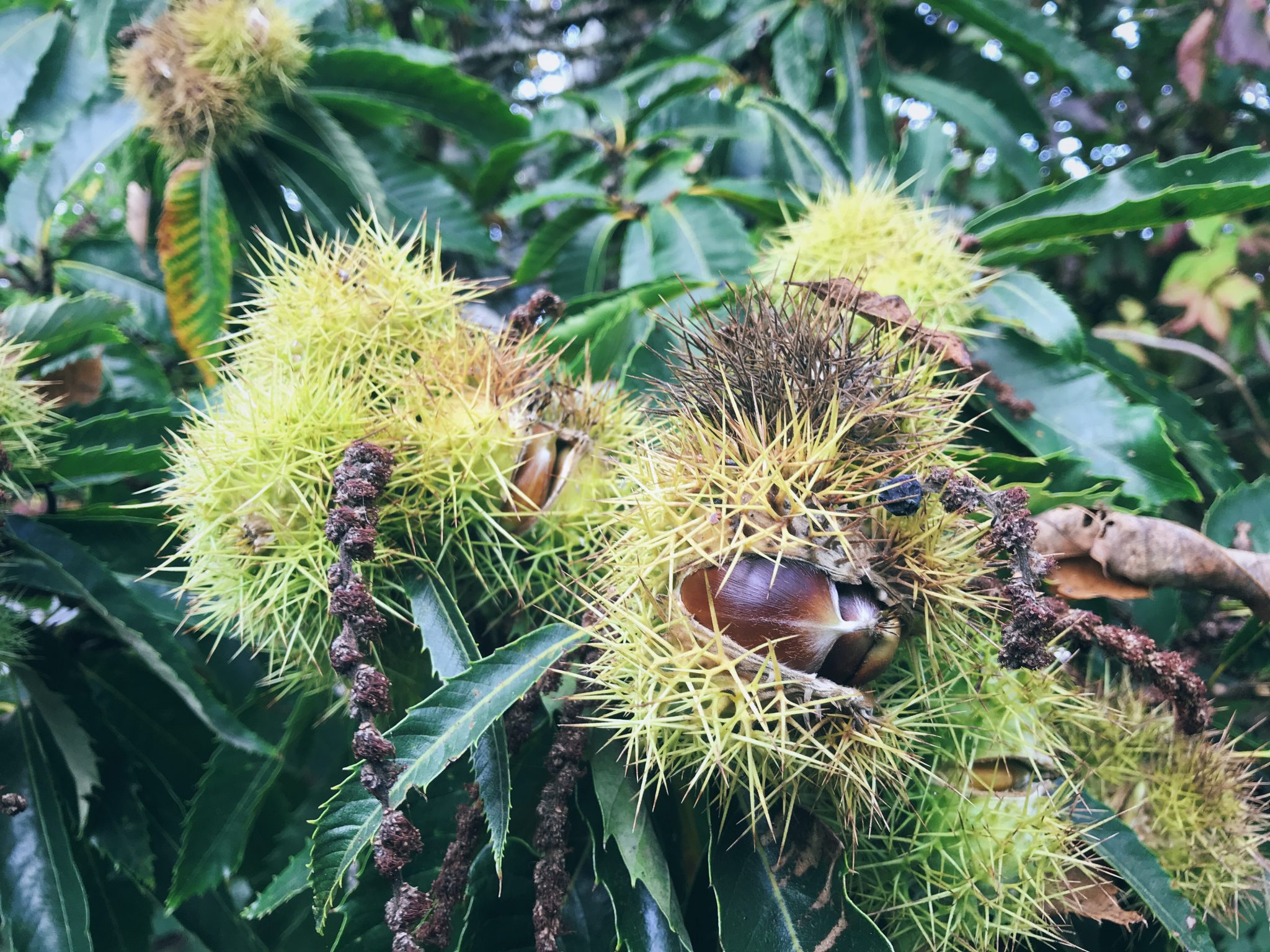
I cannot wait for castaña season and magosto, when the chestnuts encased in their spiny capsules fall to the ground, ready to be roasted on a fire. I had never tried roasted chestnuts before Spain.

Even though we gathered quite a bit of the produce, there were many apples that had already ripened, fallen, and spoiled. Surrounded by plants and trees makes us giddy. This woman was humming My Favorite Things all the way home.
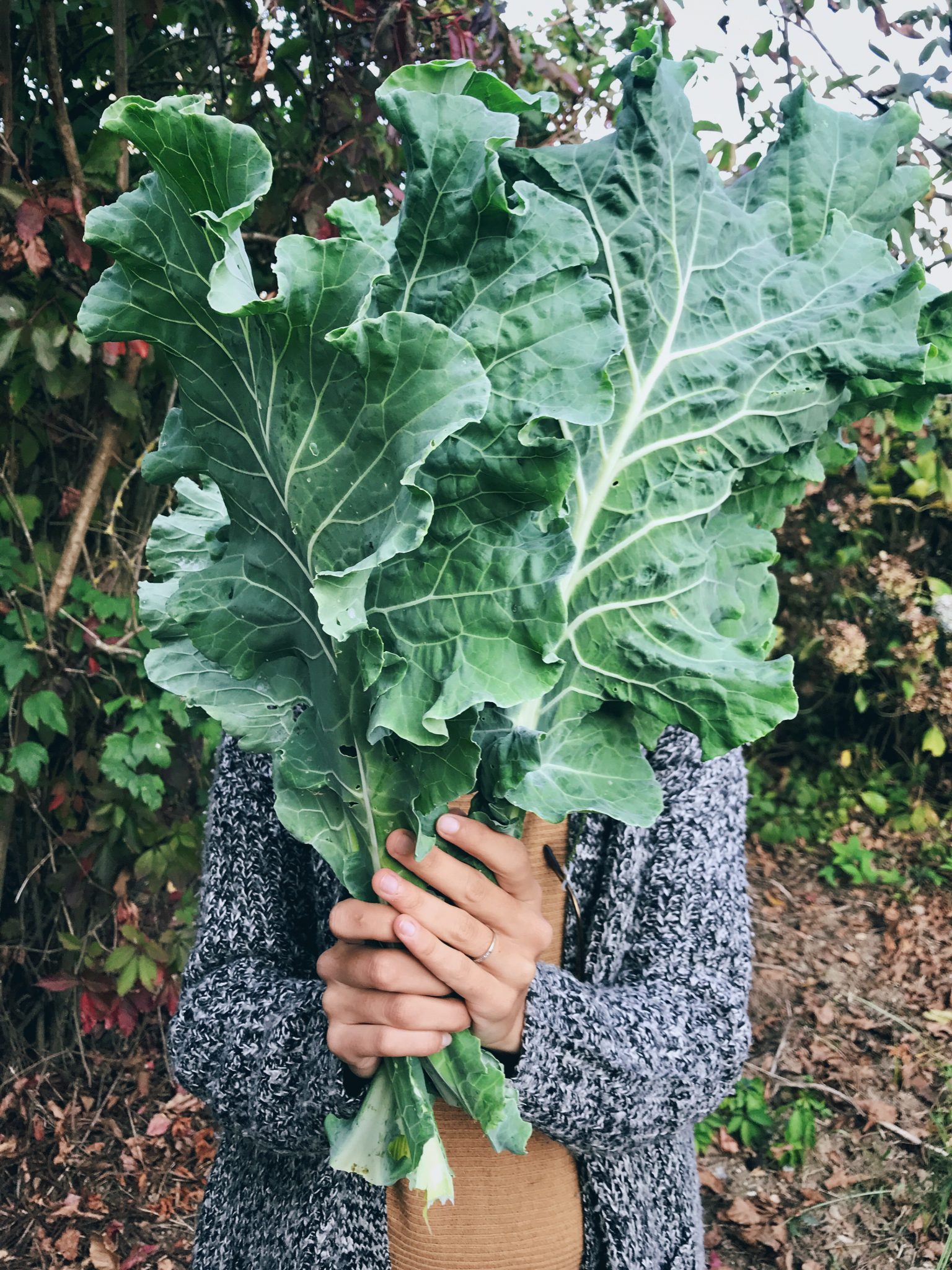
This slower life out in the open air suits us better. When the time comes, we’ll have our own garden. But for now, we can enjoy the fruits of another’s labor (with their permission, of course).
